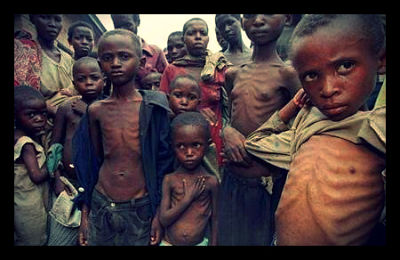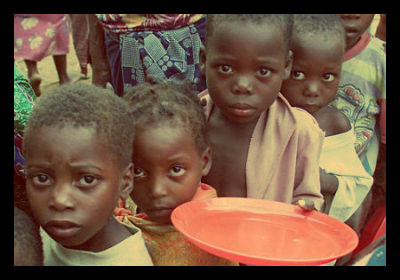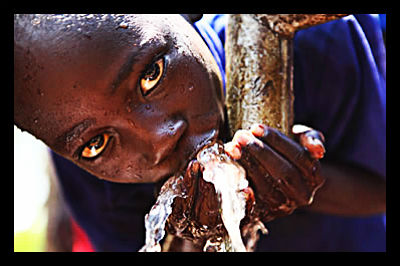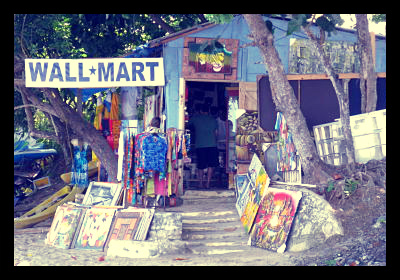In the United States, the LifeStraw is a popular tool for those interested in backpacking and hiking. But while these uses might be popular, it was never intended to be the primary function of the plastic device.
For those unaware, the LifeStraw is a plastic personal water filter designed by a company of the same name. The product allows an individual to take contaminated water and clean it. According to studies, the device removes a minimum of 99.9999 percent of waterborne bacteria and can fit into a pocket. Additionally, the LifeStraw contains no moving parts or batteries, which increases its longevity.
In addition to the regular LifeStraw, there is a LifeStraw Family. The latter is capable of filtering up to 18,000 liters of water, an amount that would be able to sustain a four-person family for three years. The individual product can filter 1,000 liters, and can sustain an individual for one year.
The LifeStraw was introduced and field-tested in 2005 as an on-the-ground relief for humanitarian crises. Feedback was positive and it is now available in the United States since it passed EPA standards for clean water. Shortly after the test period ended, the product was honored with the TIME magazine invention of the year award.
The LifeStraw is hailed as one of the most cost-effective and eco-friendly ways to bring water to the 884 million people who do not have access to a clean water supply, but is not meant to supplant other, more traditional humanitarian solutions.
One LifeStraw success story comes from an island nation of Kiribati, located in the central tropical Pacific Ocean. Around one in 20 infants do not survive due to malnutrition that is often caused by dehydration. In a response to this, Carol Armstrong started the Island Rescue Project. While the campaign has traditional, large-scale methods of curbing this high death rate, it also encourages the use of low-tech simple solutions.
To no surprise, the LifeStraw is among the highest rated of these. Armstrong commented on the ability of the device to sustain an individual for up to a year. It was especially promising compared to the other solution—the “sodi method.” This method involves putting water into an empty plastic bottle and letting UV rays hit it. After seven hours, the water should be clean to drink. However, the water will only be clean for a few days and it will not clean the water to the standard that the LifeStraw does. But it’s a solution that anyone can do, and at virtually no cost.
– Andrew Rywak
Sources: ABC, Men’s Journal, Digital Journal, Hills News
Photo: Future of Cities
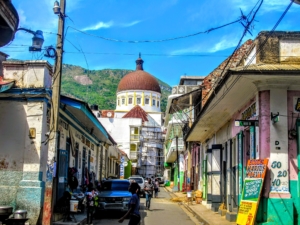 United Nations Secretary, General Ban Ki-moon, arrived in Hispaniola this past week, with renewed promises to the Haitian people burdened with an ongoing
United Nations Secretary, General Ban Ki-moon, arrived in Hispaniola this past week, with renewed promises to the Haitian people burdened with an ongoing 